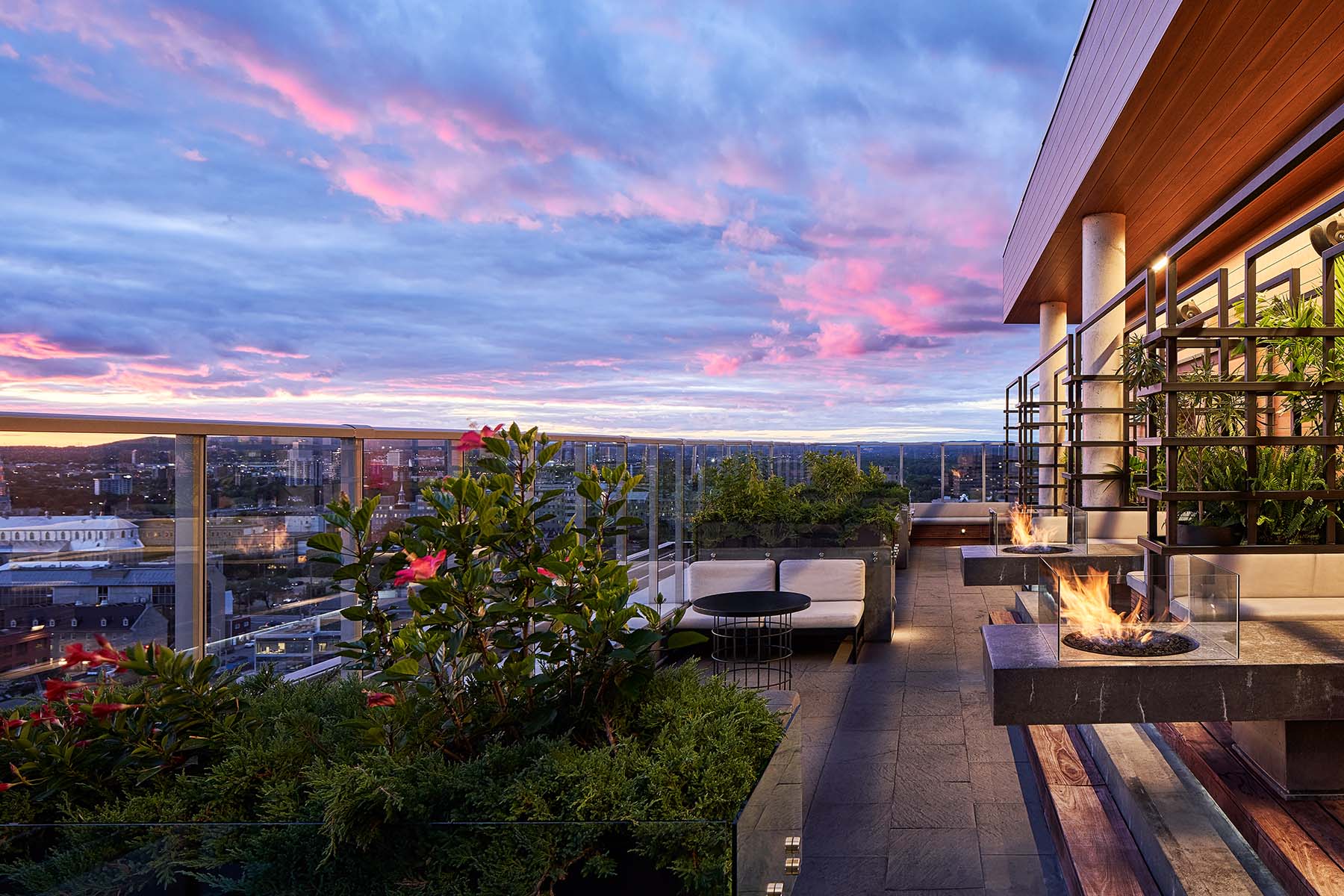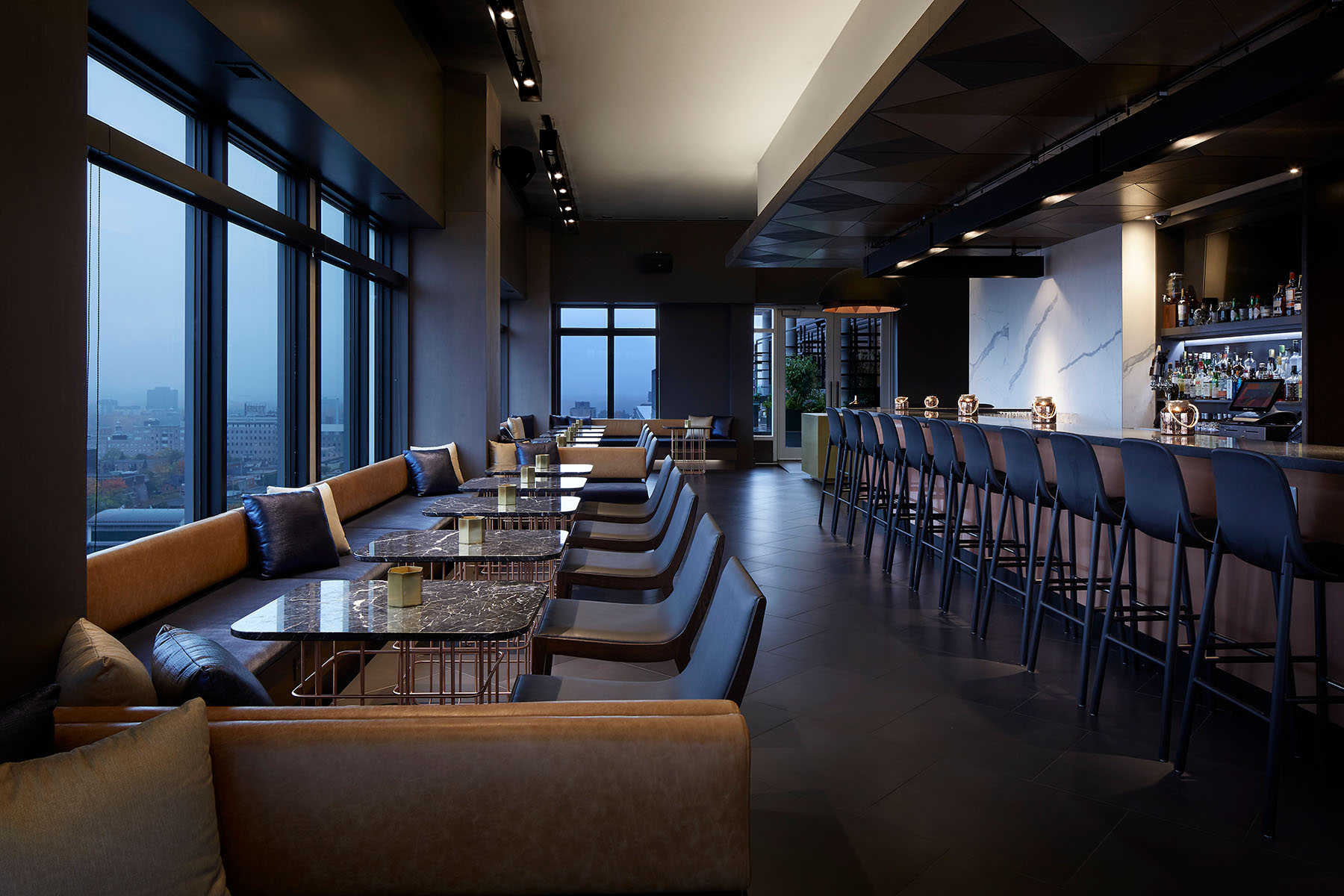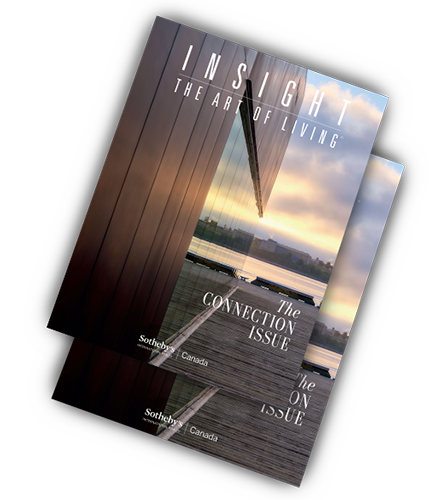World-class museums, delectable cuisine and a vibrant arts scene are redefining Canada’s capital city.
I’m savouring seared scallops and soy-coconut rice noodles at Gezellig in Westboro, one of Ottawa’s chicest neighbourhoods. Housed in a former 1950s bank building, the restaurant entices guests with a menu featuring small bites like roasted beet salad with haloumi during lunch and banana bread French toast for weekend brunch. The dinner menu offers clever twists on bistro classics.
Gezellig, named after the Dutch word for “cozy,” reflects just one aspect of European influence in Ottawa. Earlier that day, I had visited Uppliva Sauna & Steam in Hintonburg. This Swedish-inspired spa, with its cedar-scented sauna, tiled steam room, cold plunge tub, and serene relaxation lounge, accommodates just 16 guests at a time. As I leaned back in an armchair, experiencing the soothing effects of one of the spa’s Wildcrafted facial masks, I couldn’t help but realize how much my adopted hometown has changed in recent years.

If you had told me when I moved to Ottawa, that one day I would be pampering my face with rhassoul clay and organic acai berries in the afternoon and indulging in Thai-style scallops that evening, I would have laughed. In the early 1980s, Canada’s capital city largely lived up to the scathing summary dealt a decade earlier by politician Jean Marchand: “The best thing about Ottawa is the train to Montréal.” Ouch.
Back then, if you wanted an upscale restaurant meal, your options were scarce and stodgy. As for culture, The National Gallery of Canada was tucked away inside a drab former office building. Hosting an elegant soirée? The Chateau Laurier hotel was one of the few options — undoubtedly gorgeous, but a city with ambition needs more than one or two glamorous venues.
Fast forward four decades, and Ottawa is no longer labeled as “the city that fun forgot,” as famously coined by magazine columnist Allan Fotheringham. Notably, both the restaurant and nightlife scenes have grown exponentially.
In the 1980s, these scenes were primarily concentrated in the ByWard Market, a historic neighbourhood near Parliament Hill that still offers unique dining locales. At Starling, for example, bird-patterned wallpaper creates a photogenic backdrop for farm-to-table fare. The 16th-floor cocktail lounge, Copper Spirits and Sights, located in the stylish Andaz Ottawa hotel, hosts the Sunday Beats + Brunch DJ buffet, which has become a hot ticket event.
For cultural fare, the National Gallery of Canada made its home in a landmark granite-and-glass building on the edge of the ByWard Market decades ago, and its approach continues to evolve in exciting ways. The Indigenous and Canadian Galleries, opened in 2017, juxtapose works by artists such as Norval Morrisseau and Emily Carr to illustrate how different artistic traditions have influenced each other.

These days, however, the National Gallery is no longer Ottawa’s sole notable art venue. Just a 15-minute walk away, the Ottawa Art Gallery serves as an architecturally bold showcase for rotating exhibitions that highlight local artists such as painter Norman Takeuchi and multidisciplinary artist Mairi Brascoupé. The gallery’s Jackson Café, illuminated by a three-storey glass wall, is also a stand-out as one of the city’s most striking spots for a coffee break. Nearby, the CF Rideau Centre houses luxury retailers such as Coach, Kate Spade, Michael Kors and Tiffany.
On the opposite side of the Rideau Canal, Sparks Street has long been a puzzle for urban planners. Since its establishment as a permanent pedestrian mall in 1967, it has never quite resonated with either locals or visitors — but that is changing, too.
Ottawa’s new light-rail transit line, the O-Train, is now strategically stationed near both ends of the five-block mall, ensuring convenient accessibility for both locals and visitors. The reStays hotel has injected a dash of mystery into Sparks Street with its recent addition of a secret courtyard and swanky loft hotel rooms. On the hotel’s ground floor, Stolen Goods, a tiny cocktail bar, quenches patrons’ thirst with artisanal cocktails and premium single malt scotches until 2 am. Meanwhile, just steps away, power brokers dine on culinary dishes like truffled beef tartare at the upscale Riviera restaurant.

For a truly exceptional fine-dining experience, take a short cab ride from downtown to Atelier, one of the capital’s most exclusive restaurants. Chef Marc Lepine curates a nightly 40-course molecular gastronomy tasting menu, where guests indulge in a four-hour culinary journey for $250, with the option to enhance their meal with wine pairings for an additional $300.
Nearby, at Dows Lake, Le Boat has established its Ottawa hub. The U.K.-based company offers luxury houseboats for guests to navigate along the historic Rideau Canal. The poshest model, the Horizon 5, features five air-conditioned ensuite cabins, a full galley kitchen, a cutting-edge sound system, and an expansive sundeck.
In today’s Ottawa, remarkable experiences are plentiful — from the people, to the places, to the progress.
By Laura Byrne Paquet — *Insight: The Art Of Living Magazine – The Metamorphosis Issue.



